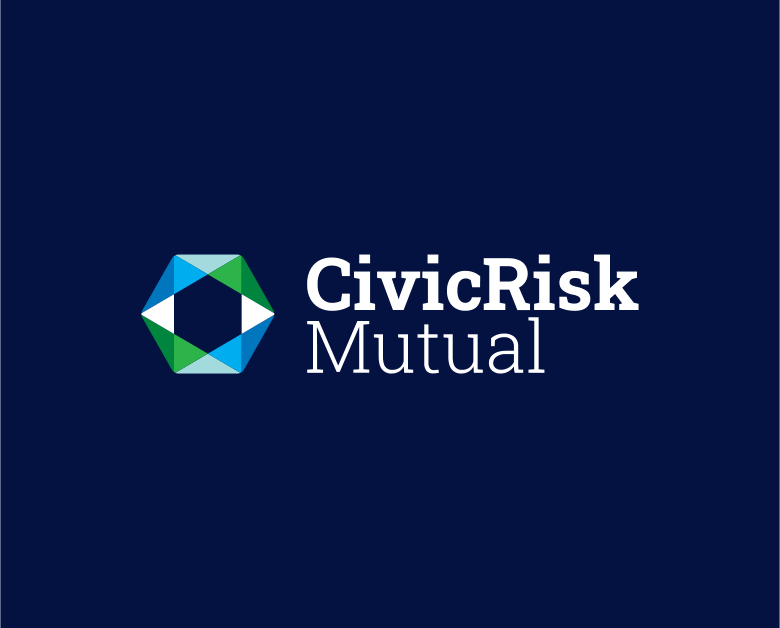Local councils deal with their fair share of unexpected challenges, but few are as immediate as a damaged bridge threatening to cut off an entire community. In 2021, after a one-in-100-year flood event, Port Macquarie Hastings Council found itself staring at a major problem: Rawdon Island Bridge — the only link for 200 residents — was suddenly unsafe.
The council’s proactive stance in managing risk surrounding the Rawdon Island Bridge incident landed them among the CivicRisk Mutual’s Excellence in Risk Management Awards finalists. Below, we unpack their story to explore why.
A Surprise Below the Surface
Routine underwater inspections revealed something no one wanted to see — severe structural damage, with some pile foundations eroded by more than 90%. Engineers didn’t mince words: The bridge wasn’t safe and needed to be closed immediately. That meant no cars, no trucks — just like that, this weather event cut off an entire island community.
The council had a decision to make. There was no time for endless debates or drawn-out studies. Safety came first, so they shut the bridge down. But instead of leaving the community stranded, they looked for a way forward.
Data, Monitoring and a Little Creativity
Rather than wait for a long-term fix, the council took a different approach. They reopened the bridge for pedestrians and set up a live monitoring system that tracked real-time structural data. This way, there was no guesswork surrounding the bridge’s condition — the council had the numbers to back up every decision. Using technology to bridge the gap (literally and figuratively), council members ensured that every choice was data-driven, reducing uncertainty and improving response times.
They also developed a Trigger Action Response Plan — effectively a rulebook that dictated what would happen based on the data. If the sensors picked up concerning changes, the council would take action immediately. This approach blended technology with common sense, allowing the council to manage risk without completely cutting off access. It was a balancing act between caution and continuity, one that required constant evaluation and quick decision-making.
Keeping Communities in the Loop (During a Pandemic)
Community engagement is never easy, and COVID-19 restrictions made it even trickier. What started as a necessity due to the pandemic quickly became an opportunity to rethink community engagement.Traditional town hall meetings were off the table, so the council took the conversation online. They launched virtual consultations, provided detailed updates via digital platforms and ensured residents could ask questions and voice concerns. The shift to online engagement became a more accessible way for people to stay informed without attending in-person meetings.
Despite the limitations, the council’s approach kept communication open and transparent. Residents knew what was happening, why and what to expect next. This approach eased concerns and built trust — residents understood the complexities involved and saw firsthand the work that maintained their safety and access.
Gradual Reopening and a Smarter Way Forward
With monitoring in place and engineers crunching the numbers, the council found a way to gradually reintroduce cars onto the bridge. They took a measured approach — pedestrians first, then light vehicles — all while closely watching the data.
Full access was restored within six months. The response was centred around agility, using technology and keeping the community connected in multiple ways. It showcased how a crisis, when managed effectively, could lead to smarter infrastructure planning and better preparedness for future risks.
Lessons Learned
The Rawdon Island Bridge case reminds us that excellent risk management requires preparation, collaboration and strong decision-making. Rather than reacting, the council adapted, leveraged real-time data and worked within the constraints of a pandemic to keep the community engaged.
Port Macquarie Hastings Council’s approach is something others can learn from: When faced with a challenge, think creatively, use technology and make sure people are in the loop. Ultimately, risk management rises above technical processes to achieve community protection and inclusivity. By prioritising transparency and maintaining a steady focus on practical solutions, the council turned a potential disaster into a model for adaptive problem-solving.


